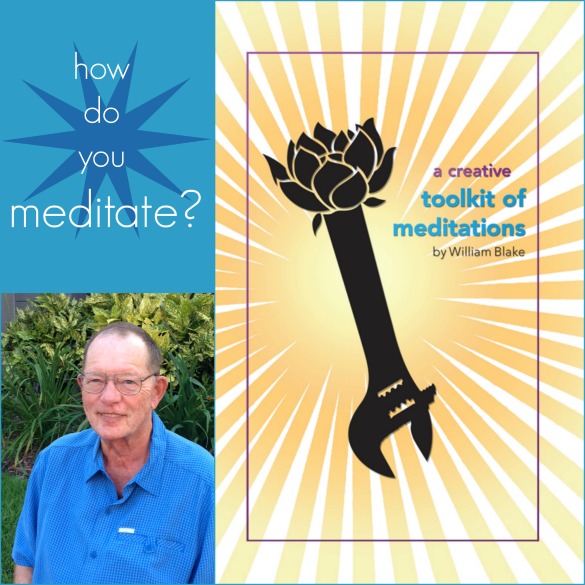Using a Creative Toolkit of Meditations
Hiking directly into a forest with no trail, no map and no sense of direction is a scary prospect, even if you know that once you get in there, it’ll be peaceful and beautiful and serene.
Meditation isn’t all that different. Most of our minds aren’t automatically at peace when we quiet down (even if you don’t have additional distractions). Sure, you know that once you get your thoughts to settle down, you’re going to feel amazing, but you might not exactly know how to get to that point on your own. I know that, for me, a successful meditation session has often felt a bit like luck — sometimes I’m able to reach that place of serenity, but other times … my brain feels more like it’s filled with monkeys trying to put together the ultimate Rube Goldberg machine. It’s not pretty.
Guided meditation helps, for sure, but there are many times when I have the time and opportunity to do a short meditation, but don’t have my phone or access to a DVD or computer, so I’m stuck trying to quiet my mind on my own. No map, no tools, no guidance.
William Blake’s book, A Creative Toolkit of Meditations, was written to not only solve this problem, but also to introduce readers to a variety of meditations. It’s not all about reciting mantras with your eyes closed and back straight, and Blake takes readers through a wide variety of types including chewing, investigative dialogue and, of course, breathing.
While the specific meditations provided are fantastic (and Blake’s stories and descriptions of how to use them are certainly helpful), I think the concept I got the most out of is that meditation doesn’t have to be restrictive. I don’t need a silent spot with a special pillow or candle or anything. I can meditate — and reap the incredible benefits of meditation — almost anywhere. I just need to choose the right type of meditation for my current state and situation.
Even when I’m not actively meditating, I find myself trying to practice more conscious awareness, meaning, basically, that I’m aware of the things of which I’m aware. Sounds like circle-speak, I know, but it truly makes sense and really helps me remain present in situations where it would be easy to allow my overwhelmed mind to wander.
While this isn’t a terribly long book or a difficult read, it’s not something you’ll want (or be able) to breeze through in an evening. It’s best, I’ve found, to read a chapter and give it a day (or several) to be absorbed. Some suggested meditations might be nearly impossible at first, while others will come naturally — you just don’t know which are going to resonate until you try.
Are you familiar with a variety of meditations? What helps you to quiet your mind and find awareness? And, hey, this is great to try during our FBG Unplug Challenge! —Kristen

